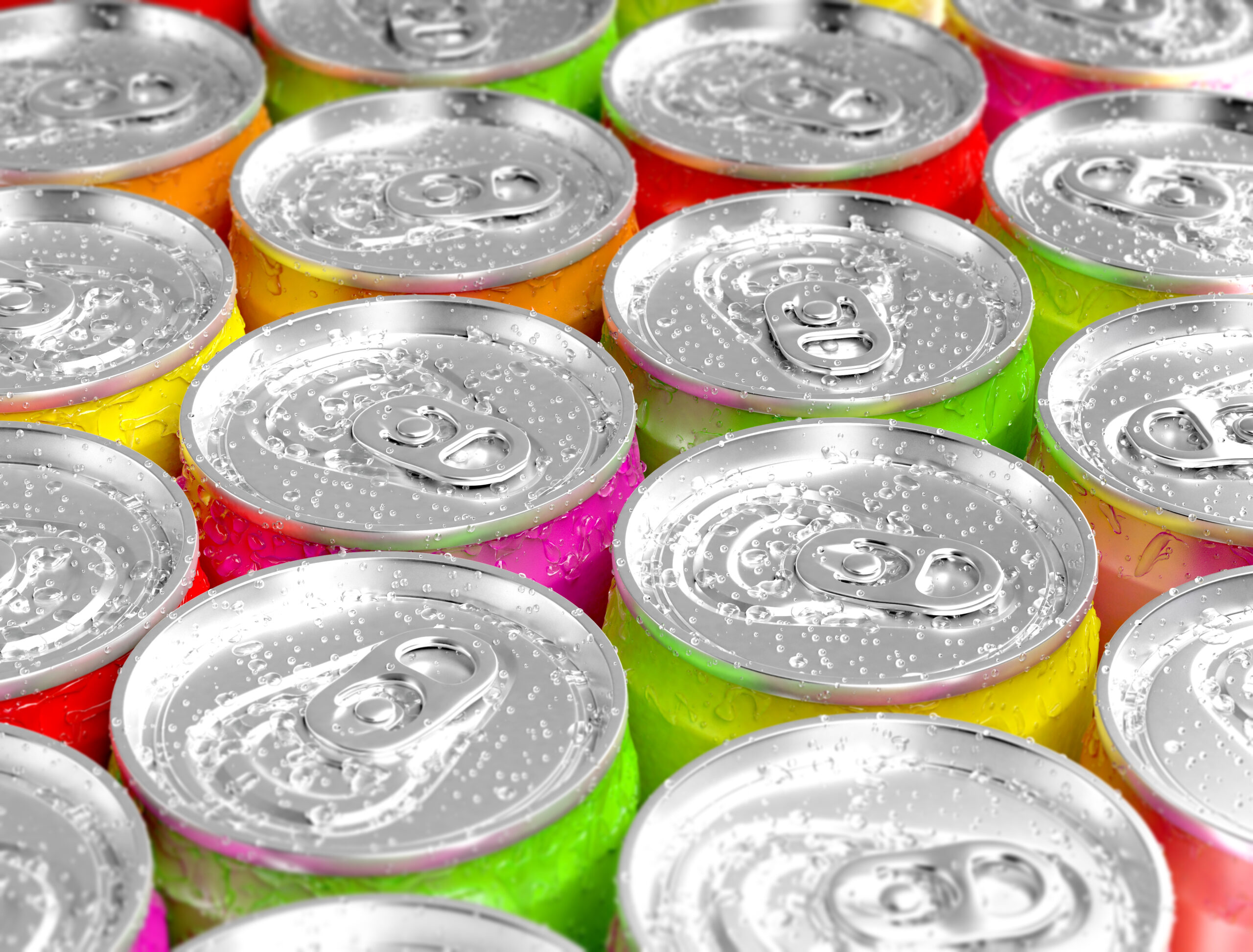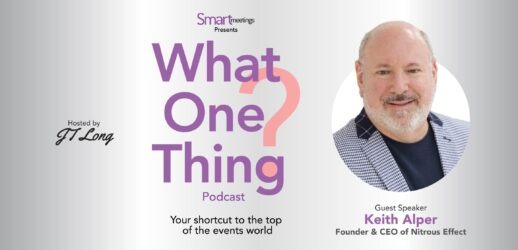The ABCs of RTD beverages
You know the old saying about turning lemons into lemonade? It was in 1993 that Australian pub owner Duncan MacGillivray decided in desperation to brew a load of lemons about to rot into hard lemonade. Bottling the citrusy libation with a modest kick, he named it Two Dogs. Before long, it was selling briskly in pubs across Australia.
Thus was the first so-called alcopop born. It soon spawned the Bacardi Breezer and a host of others sharing three common bases–malt, spirits or wine. Sweet, fizzy and up to 12 percent ABV (alcohol by volume), the market is projected to reach a size of $4.6 billion by 2024.
The category is most often referred to these days as Ready-to-Drink (RTD) beverages, yet perhaps they should be renamed Covid Coolers. How many virtual happy hours did they fuel? How many caterers and hotel F&B operations turned to them when attendees and staff alike felt uneasy with the time and touch required to build cocktails the usual way?
And, meanwhile, RTDs got better and better, with new products flooding the market. Venerable brands like Jack Daniel’s have gotten in on the action–its RTD canned cocktails include Whiskey & Cola, Whiskey & Seltzer and Whiskey, Honey & Lemonade.
Read More: Essential F&B: 2022 Catering Trends
Cheers in a Can
“We are seeing RTDs continue to gain popularity,” affirms Dana Pellicano, vice president of food and beverage at Marriott International. “These offer a variety of unique crafted cocktails, often by a familiar, endorsed brand. Many use high-quality ingredients and have low or no ABV.”
For a recent event in Orlando, she says, Marriott created a custom canned cocktail, a Cara Cara Spritz, that attendees loved. It was built with Grey Goose White Peach, Rosemary Cara Cara and Blood Orange Seltzer.
A chief advantage of RTDs for planners is Covid safety. The low alcohol content–a White Claw has a 5 percent ABV, about the same as a beer, for example–may help forestall inebriation levels that can lead to a collapse of distancing and other protocols to keep attendees healthy.
Even better in this respect, of course, are the ever-improving zero-proof RTDs. Among the latest are Mingle Mocktails, sparkling libations inspired by popular cocktails like the Cosmo, Moscow Mule and Mojito. All these are said to be handcrafted using natural and organic ingredients, including real fruit juices, organic cane sugar and botanical blends.
In addition, they’re “gluten-free, vegan, non-GMP and kosher, and contain only 20 calories per four-ounce serving,” according to their creator, Laura Taylor, a working mom who decided to stop drinking but felt left out at parties where friends were imbibing.
The Changing ‘Adult Beverage’
The global market for nonalcoholic RTD beverages is projected to reach $800 million by 2027, but this includes everything from bottled water to energy drinks. At networking mixers and pre- and post-meeting receptions, planners know from experience, most groups still want an “adult beverage” in hand.
Yet the very definition of that term is changing, thanks in part to the variety and quality of nonalcoholic RTDs now available.
Read More: Is the Party Over?
Marriott is not the only hospitality company to notice. Hyatt Hotels Corporation, in announcing Zero Proof, Zero Judgment—not an RTD program but a new cocktail menu of alcohol-free options at select U.S. hotels across Hyatt’s Alila, Andaz, Destination by Hyatt, Hyatt Centric, JdV by Hyatt, The Unbound Collection by Hyatt and Thompson Hotels brands.
The company cited surveys showing that 52 percent of Americans are actively trying to drink less alcoholic beverages and about the same who say they’re likely to choose nonalcoholic drink over a beer or cocktail. Hyatt’s program features products from liquor replacement Ritual Zero Proof and carbonated mixer Fever-Tree.
Low proof or zero proof, here’s a toast to the trending world of “can crafted.”
This article appears in the February/March 2022 issue.




